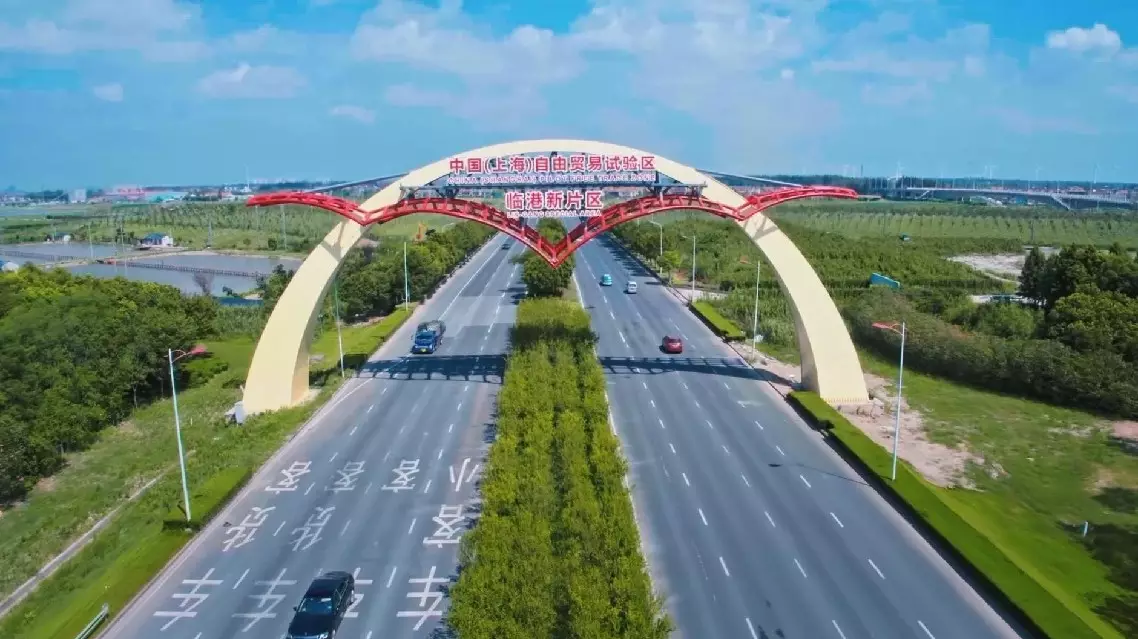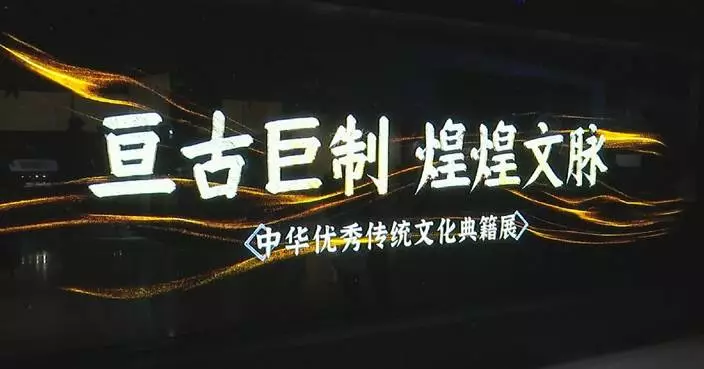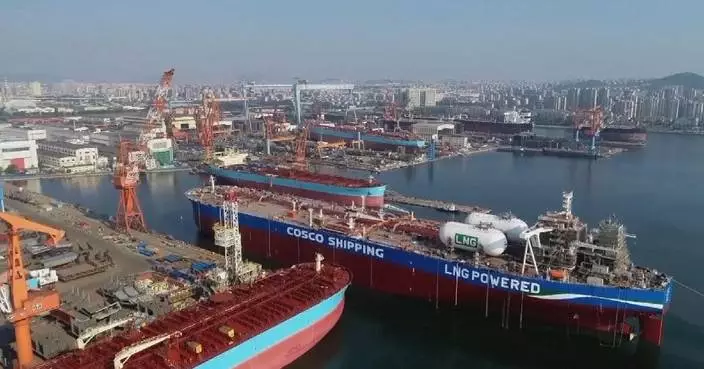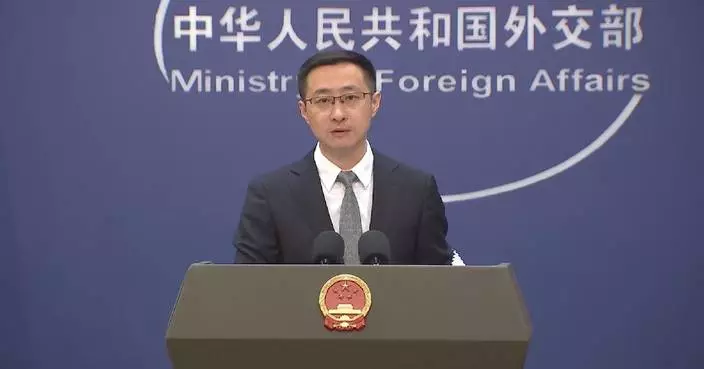High waves and spectacular tidal bores were galloping forward as the Qiantang River tidal bores smashed dams in east China's Zhejiang Province on Wednesday, presenting thrilling and gorgeous scenes that stunned countless viewers.
A tidal bore is a phenomenon where the leading edge of an incoming tide creates a wave that surges up a river against the flow.
The Qiantang River is known for having one of the world's largest tidal bores, which has been dubbed the "Silver Dragon" by locals.
The tides usually reach their peak between the 15th to the 18th day of the eighth lunar month, which falls on Tuesday to Friday this year, as the full moon reaches its peak, with spectacular scenes to be marveled at by countless visitors.
The height of the tidal bore on Wednesday is forecasted to reach 1.4 to 1.6 meters.
The tidal bore is mainly caused by the gravitational pull of the moon.
The centrifugal force produced by the rotation of the Earth and the trumpet shape of the Hangzhou Bay in Zhejiang makes it easy for the tide to come in, but difficult to ebb, thus giving rise to the largest tidal bore.

Aerial footage captures spectacular tidal bore on Qiantang River
The Shanghai Pilot Free Trade Zone (FTZ) has created a benchmark for its peers nationwide with its streamlined customs clearance and government approvals, bringing slashed costs and speedier logistics for enterprises.
At Shanghai's largest cold chain logistics center for fruits, nearly 10,000 containers are imported annually from South America alone.
To keep tropical fruits fresh after traveling thousands of miles, a new international trade mechanism has been developed and perfected in the city's FTZ.
"Previously, foreign ships were not allowed to engage in coastal transport within China. So bananas from South America had to be routed through Busan, South Korea, before reaching the three major ports in north China. Now, with the FTZ allowing coastal transport by foreign vessels, bananas can be transferred directly from Yangshan Port to the three northern ports, reducing shipping time by one to two weeks and significantly cutting costs for companies," said Jiang Jianli, logistics director of Goodfarmer Foods Holding Group.
The Shanghai Port now handles over 49 million standard containers annually, or an average of 1.5 containers are processed per second.
Managing such a high volume of ships and goods while maintaining order requires advanced systems. A decade ago, companies had to physically submit piles of documents for customs. Now, the process has gone digital.
"The Shanghai International Trade Single Window links 22 regulatory departments, including customs and maritime affairs departments, into one platform. This provides businesses with one-stop service and automated real-time declarations around the clock," said Zhang Jie, deputy director of the Shanghai Municipal Commission of Commerce.
The system has reduced the time required for cargo declarations from one day to half an hour and for ship declarations from two days to two hours.
It now supports over one-quarter of China's foreign trade, facilitating the country's exports and imports. Items like Spanish ham, New Zealand honey, Mongolian cashmere, Syrian soap, Pakistani handicrafts, coffee beans from East Timor and international beauty brands now reach the Chinese market more quickly.
Trade facilitation in the FTZ has played a crucial role in the China International Import Expo (CIIE), held annually since 2018.
"Global products now become available in Shanghai instantly after they are launched, which is very convenient," said a local resident.
Businesses benefit from streamlined processes and consumers enjoy faster access to products, thanks to the government's proactive efforts.
The average approval time for business licenses has been cut by 90 percent, and the required application materials have been reduced by 70 percent.
More than 300 business-related approval items are now fully processed online, boosting innovation and entrepreneurship.
Beyond food and consumer goods, the FTZ has also made waves in the art world.
The Shanghai FTZ was the first to implement the system for temporary entry of cultural relics, doubling their permitted stay in China.
Artifacts can enter bonded warehouses within 24 hours of arrival and be displayed or traded across the country while under bonded status.
From 2013 to 2023, the total value of cultural relics and artworks entering and leaving the Shanghai FTZ reached over 100 billion yuan (more than 14. 16 billion U.S. dollars). The number of art pieces processed annually at the FTZ grew from less than 100 to more than 10,000.
In the Lingang New Area, a part of the FTZ, smart heavy-duty trucks, taxis, and buses have become part of daily life.
Five years ago, the first wholly foreign-owned vehicle manufacturing project in China was launched in Lingang, completing construction and starting production within the same year.
Since the establishment of the Lingang New Area five years ago, its GDP has grown by an average of 19.8 percent annually, industrial output of major businesses by 34.6 percent, and fixed asset investment by 33.4 percent.
The area has also attracted around 100,000 talents with an average annual hike of 97 percent.

Streamlined clearance at Shanghai Free Trade Zone sets benchmark for efficiency










